ARTICLE AD BOX

 BBC
BBC
Villagers packed a public meeting to protest EDF's plans to flood land to compensate for killing fish at Hinkley Point
How many fish does a nuclear power station kill?
It sounds grisly, but for the engineers on the Somerset coast building Britain’s first nuclear power station in a generation, it’s an urgent question.
And for conservationists and local villagers on the banks of the River Severn in Gloucestershire, it has become such an urgent question they filled a village hall to debate it.
Proposals for the sea-water cooling system at Hinkley Point C will see 44 tonnes of fish ingested and killed every year, according to EDF, the company building it.

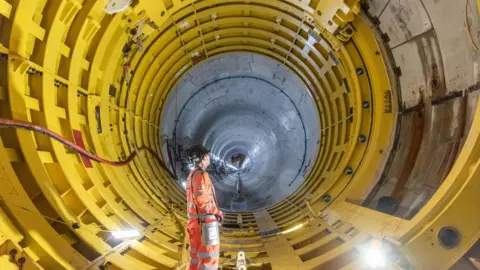 EDF
EDF
Five miles of tunnels have been bored under the Bristol Channel to bring in seawater to cool the steam at Hinkley Point C
“This scheme will decimate fish stocks,” said Dave Seal, a wildlife campaigner.
“We already have lost 80% of our salmon, and half of the salmon that get into Hinkley’s cooling system will be destroyed.”
But Andrew Cockroft, from Hinkley Point C, insisted there will be a “very very small impact on fish populations”.
Why so much water?
At the heart of this row is a simple truth of physics - nuclear power plants, by design, get hot.
The steam drives enormous turbines which whizz around and generate electricity.
At Hinkley Point in Somerset, they’re about to install the nuclear reactor which will create all the heat in the first place. It’s still at least seven years before it will be switched on.
But first, they need to think about the fish.

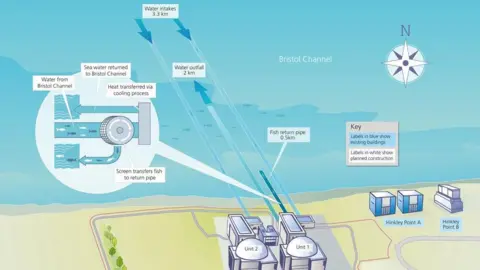 EDF
EDF
EDF has produced this diagram to show how water from the Bristol Channel will cool the steam which drives the turbines at Hinkley Point C
To keep the whole reactor cool, huge tunnels - five miles long - have been dug out underneath the Bristol Channel.
When the plant is up and running, 132,000 litres of seawater a second will be sucked in to a system that works like a huge car radiator.
The superheated steam that drives the turbines will pass along pipes surrounded by cold seawater, to cool it down.
The seawater will never get near the nuclear reactor, so is safe to pass back out into the sea.

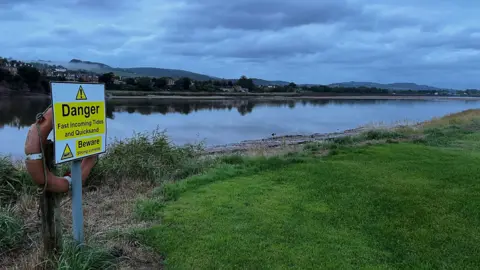
The River Severn at Arlingham, Gloucestershire, where EDF are considering creating a new 'saltmarsh' to breed fish.
But with the huge amount of water will come millions of fish.
The Bristol Channel is home to salmon, eels, herring, sprats, and dozens of protected marine species.
And nobody wants them to die just so we can turn our lights on and cook dinner.
Can they stop the fish?
Engineers have done plenty of things to save the fish, including fitting a complex concrete ‘head’ to the pipes on the sea-bed, where the water comes in.
Narrow side vents allow water in, with grills to keep larger creatures out. Unlike previous power stations, it’s not just an open pipe sucking in seawater.
But they accept some fish will get through the grills.
In fact, they have estimated about 44 tonnes of fish will be ingested every year.
Is that a lot?
For comparison, fishing vessels at Newlyn, in Cornwall, landed 1,700 tonnes in the month of July alone.
So in a year, the nuclear plant will "eat" about a day’s catch.

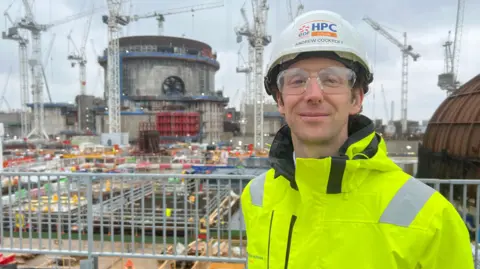
Andrew Cockroft from Hinkley Point C says the plant will have a "very very small impact" on fish populations
“In proportion, it’s a very very small number of fish,” said Andrew Cockroft, from Hinkley Point C.
Nonetheless, the Environment Agency wants EDF, who are building the plant, to do something to help marine life.
How to compensate?
EDF planners are now trying to find 340 hectares (840 acres) of land on the banks of the River Severn they can flood to create new saltmarsh habitats.
There salmon, eels, and countless marine species will be able to breed.
Mr Cockroft, who runs the public engagement programme for Hinkley Point, said saltmarshes are a “natural” compensation for the nuclear plant’s impact.
He said: “Saltmarsh reduces flooding. It provides shelter and breeding grounds for fish, it’s an amazing place for birds, and can be great for people too.”
The question now is, whose fields should be flooded?

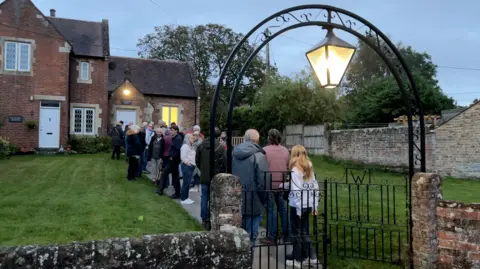
More than 100 people queued to get into the village hall for a public meeting on EDF's plans for a new saltmarsh near Arlingham
The village of Arlingham lies on a bend of the Severn, with fertile low-lying farmland around it.
Proposals to breach the banks to create the new marshland have gone down very badly.
A public meeting held in the village hall to hear the plans from EDF’s team on Monday was packed out.
“We have fertile farmland, we have rare wildlife,” said one woman. “Hares, bats, hedgehogs. Why would you choose Arlingham?”
Another man told EDF representatives: "Arlingham is a unique part of the country, and I see no reason for you ruining that just to solve your problem with dead fish”.
EDF’s team told the meeting they were hear “to listen, to collaborate”.
They had to find somewhere to create the new 340 hectares of saltmarsh, and Arlingham was one of four sites that fit the bill, they said.
But locals insist there is another, better, way.
Why have plans changed?
The original plan for Hinkley Point approved by the government included a so-called 'Acoustic Fish Deterrent'.
As the name suggests, a system of loudspeakers near the inlet pipes would simply scare fish away.
EDF says it no longer thinks that will work. Some fish cannot hear. Others, like dolphins and whales who use sonar for navigation, will be deafened.
Furthermore, EDF says the speakers would need to be maintained by divers working in the dark, at depth, in a risky location.
Campaigners are unconvinced, and think the acoustic deterrent is far better than flooding 850 acres of land.
“You agreed the acoustic fish deterrent,” said Godfrey Bragg.
“And now you want to wriggle out of it and inconvenience all these people. It just gets you off the hook with your problem killing fish.”


Killing so many fish is "unacceptable", said Dave Seal, a local wildlife campaigner
Dave Seal, a local wildlife campaigner, told the meeting that deterring fish was far better than allowing them to be ingested and killed.
“Imagine a windfarm was killing 184 million birds a year, that would be a wholly unacceptable situation. So why is it ok to kill all these fish?” he said.
But in 2023 the Environment Agency agreed with EDF, and removed the requirement to install an acoustic deterrent from Hinkley’s licence to build.
So now they have to find someone happy to have their land flooded, without upsetting the neighbours.

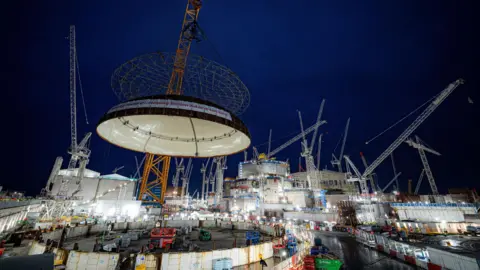 PA Media
PA Media
Teams worked through the night in Dec 2023 to lift a huge dome roof onto the reactor building at Hinkley Point C
Since 2016 I have watched engineers and builders work on Europe’s largest construction site, creating an extraordinarily complex power plant.
They’ve had the biggest land-based crane in the world, nicknamed Big Carl.
It winched in a 245-tonne dome to cap the reactor building, itself the size of St Paul’s Cathedral roof.
But creating a new breeding ground for the River Severn’s salmon and eel populations may be one of the trickiest problems they have yet faced.
And until they have solved it, they cannot switch on the nuclear power station.

 8 months ago
32
8 months ago
32
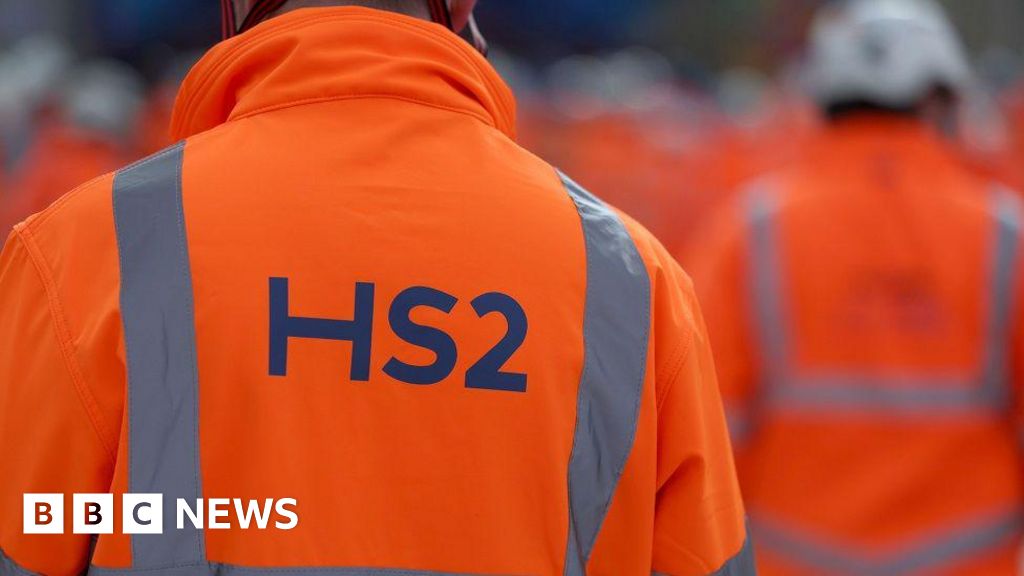
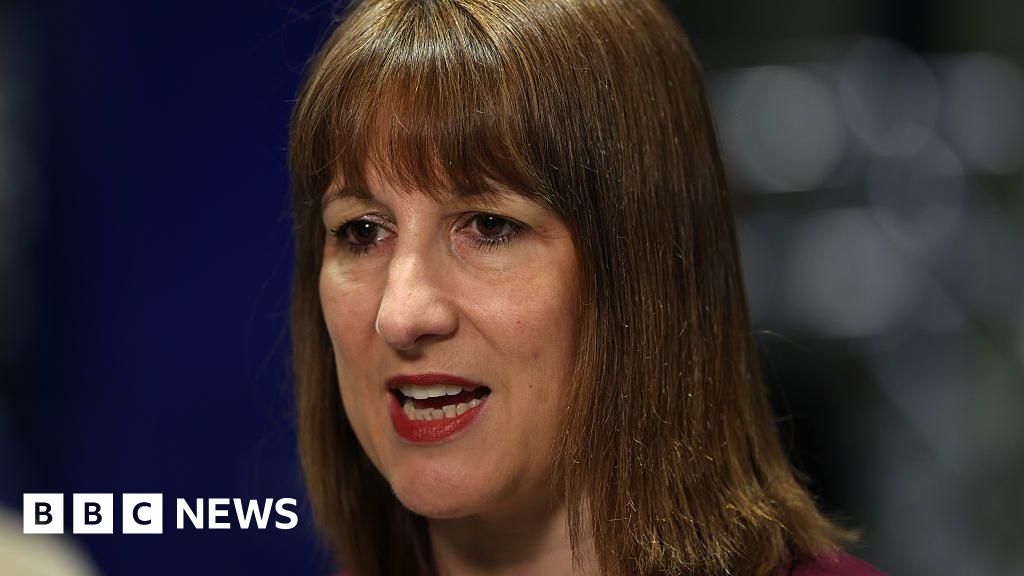
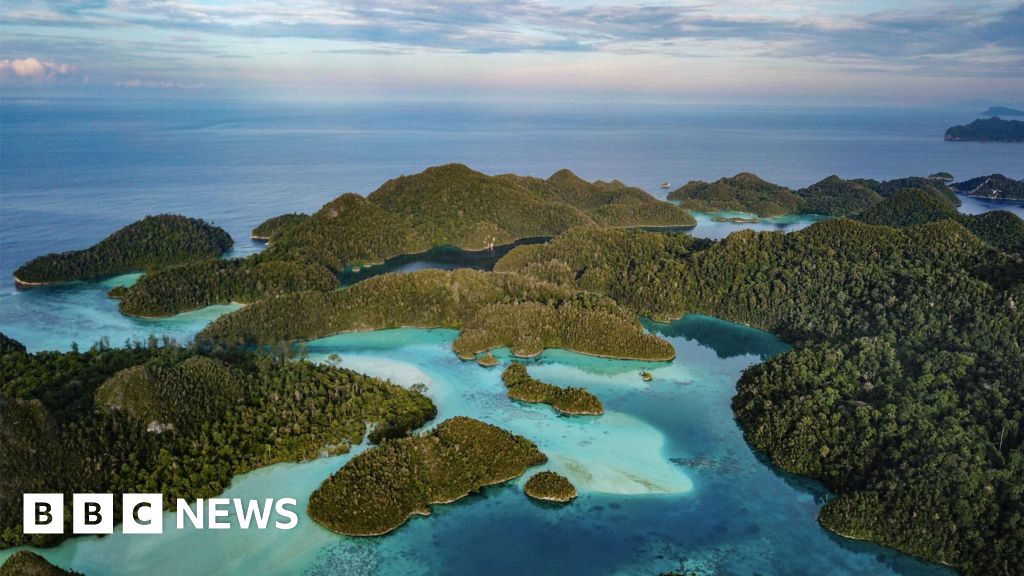





 English (US) ·
English (US) ·